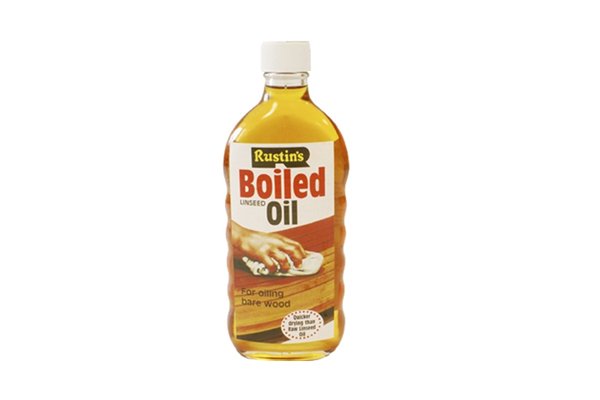|
| Although plastic lead working tools have increased in popularity in recent years, both plastic and wooden tools can be used to effectively work lead. Each material has a number of properties that make them suitable for different lead working tasks. |
Wooden lead working tools |
 | Wooden lead working tools tend to be preferred by plumbers as the close grain of the beech or hornbeam enables them to move the lead more efficiently. The density of the timber makes the tools suitable for heavy-duty work involving thicker sheet lead or other heavier metals. |
 | One of the major drawbacks of wooden lead working tools is the periodic maintenance they require. Before first use, they should be soaked in linseed oil to preserve the working surface of the tool. It is vital that lead working tools are not damaged as any blemishes could be transferred onto the surface of the lead and affect the overall finish. |
Plastic lead working tools |
 | Plastic lead working tools do not mark the surface of the lead as much as their wooden counterparts. This means that can be used to work thinner lead and are suitable for more delicate dressing and bossing tasks. |
 | Because high density plastic is not affected by the atmosphere, plastic tools are less-easily damaged and are much simpler to maintain. Unlike wooden dressers, plastic tools do not need to be treated before use. |
 | Lead working tools made out of plastic also tend to be more affordable than those made out of beech or hornbeam. |







